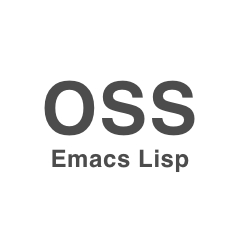

Seeing what other people have done with Emacs can nudge you to explore more of the Emacs Lisp code that makes it possible. In addition to reading this guide, you may want to check out Planet Emacsen and Emacs Wiki for plenty of inspiration. It's just that in Emacs, it's easier to do most things in text. In this guide, you'll be changing options much like you might change them through other applications' Options dialog. This guide will start you off with simple customizations, and then you can go from there. Even though you'll technically be programming in it, just think of it as configuring Emacs. You don't need to be a programmer in order to learn and use Emacs Lisp.

People have used Emacs Lisp to turn Emacs into a musical instrument, a TODO manager, a webserver, and all sorts of other things. If you want to tweak Emacs to support the way that you'd like to work, learning Emacs Lisp will definitely pay off.
#Emacs lisp how to
How to change existing functions with advice - to be written.How to prompt for information - to be written.How to define your own functions - to be written.How to set up your own keyboard shortcuts.How to add package archives - to be written.How to specify options when you're calling functions.How to load modes to change the way that Emacs behaves.


 0 kommentar(er)
0 kommentar(er)
